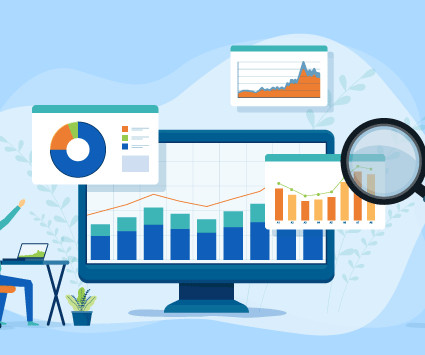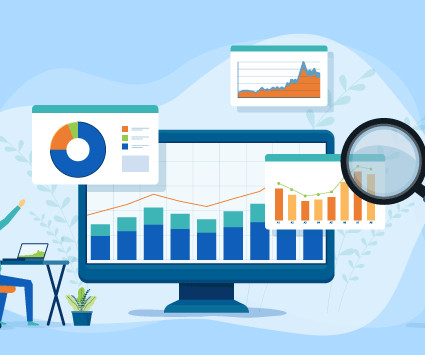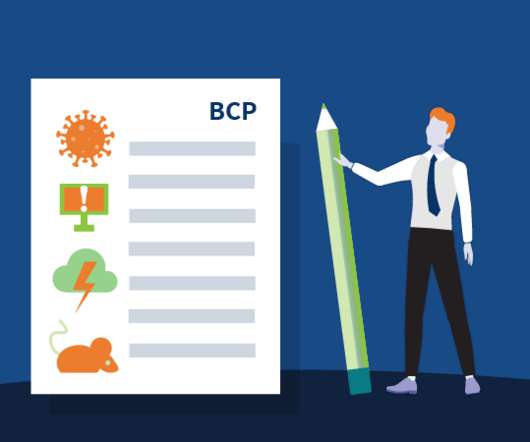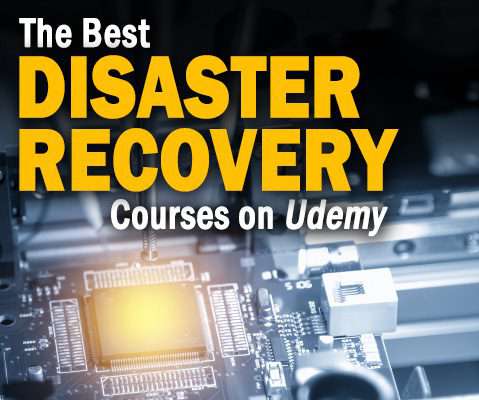Risk Assessment: 3 Key Starting Points for Effective Business Impact Analysis
Zerto
FEBRUARY 22, 2022
Assessing and managing risk and its potential impact on business is a critical role of business leaders. With the world becoming increasingly digital, IT departments must manage and mitigate more and more risk using both new technology and improved processes and practices. Business Impact Analysis.


















Let's personalize your content